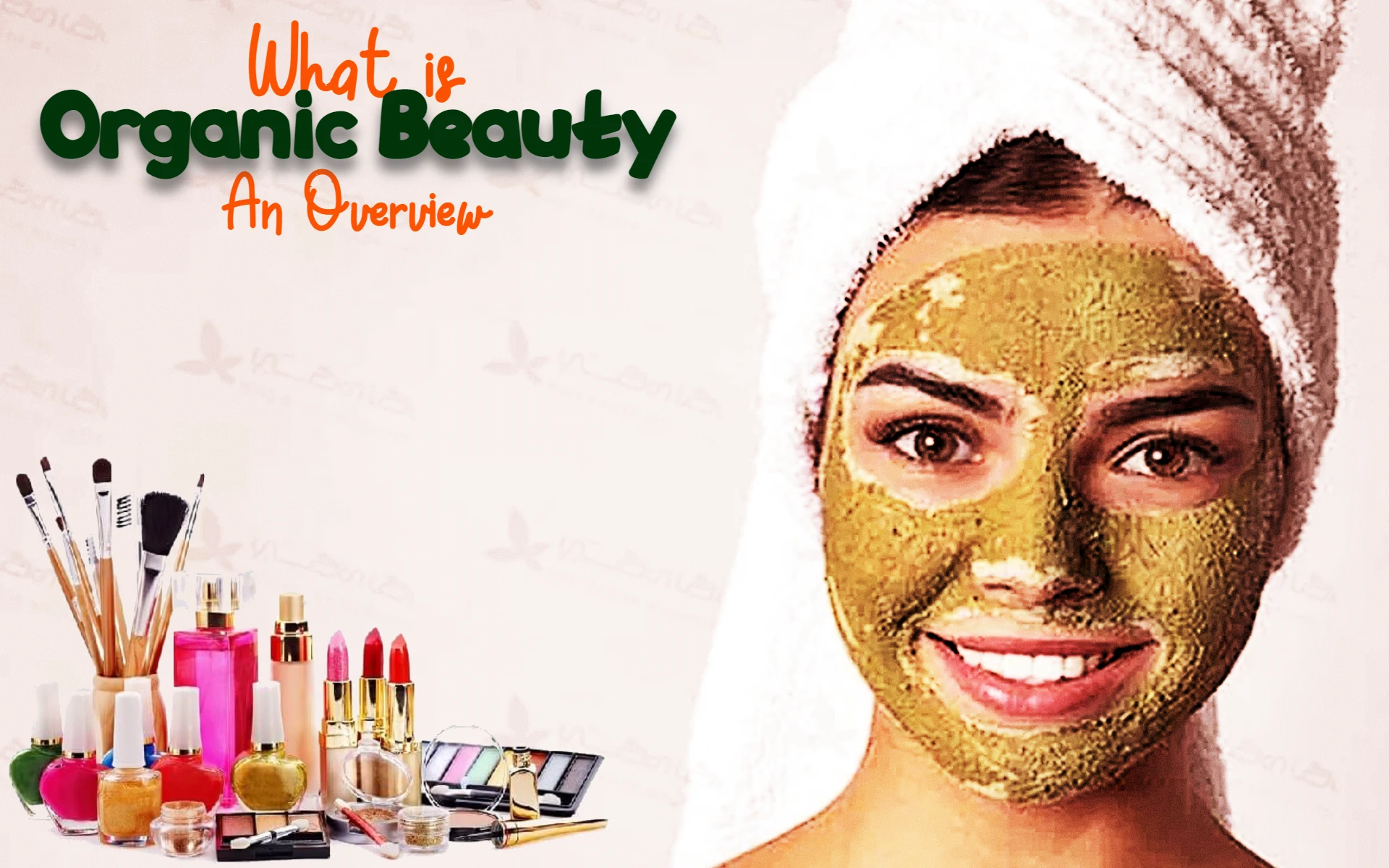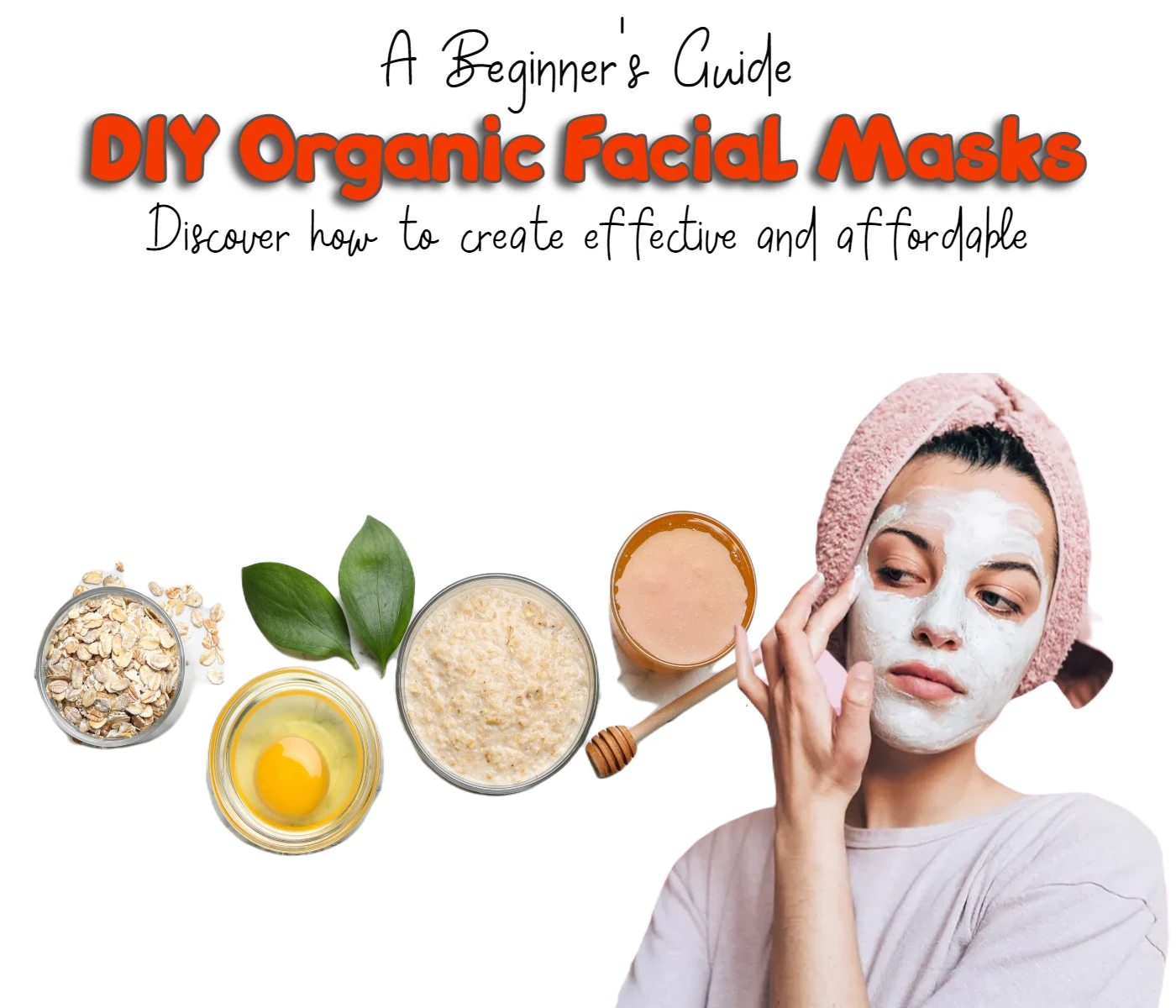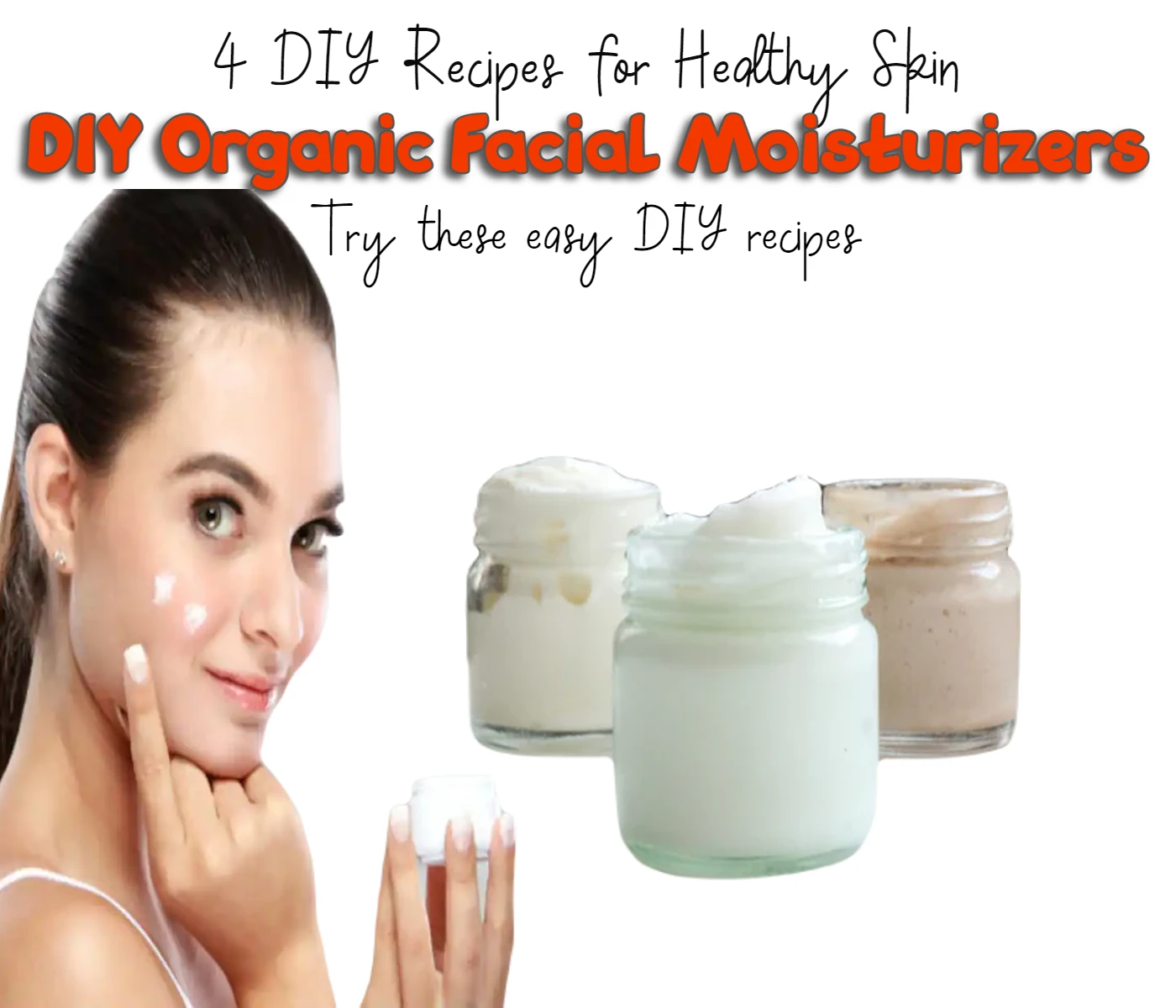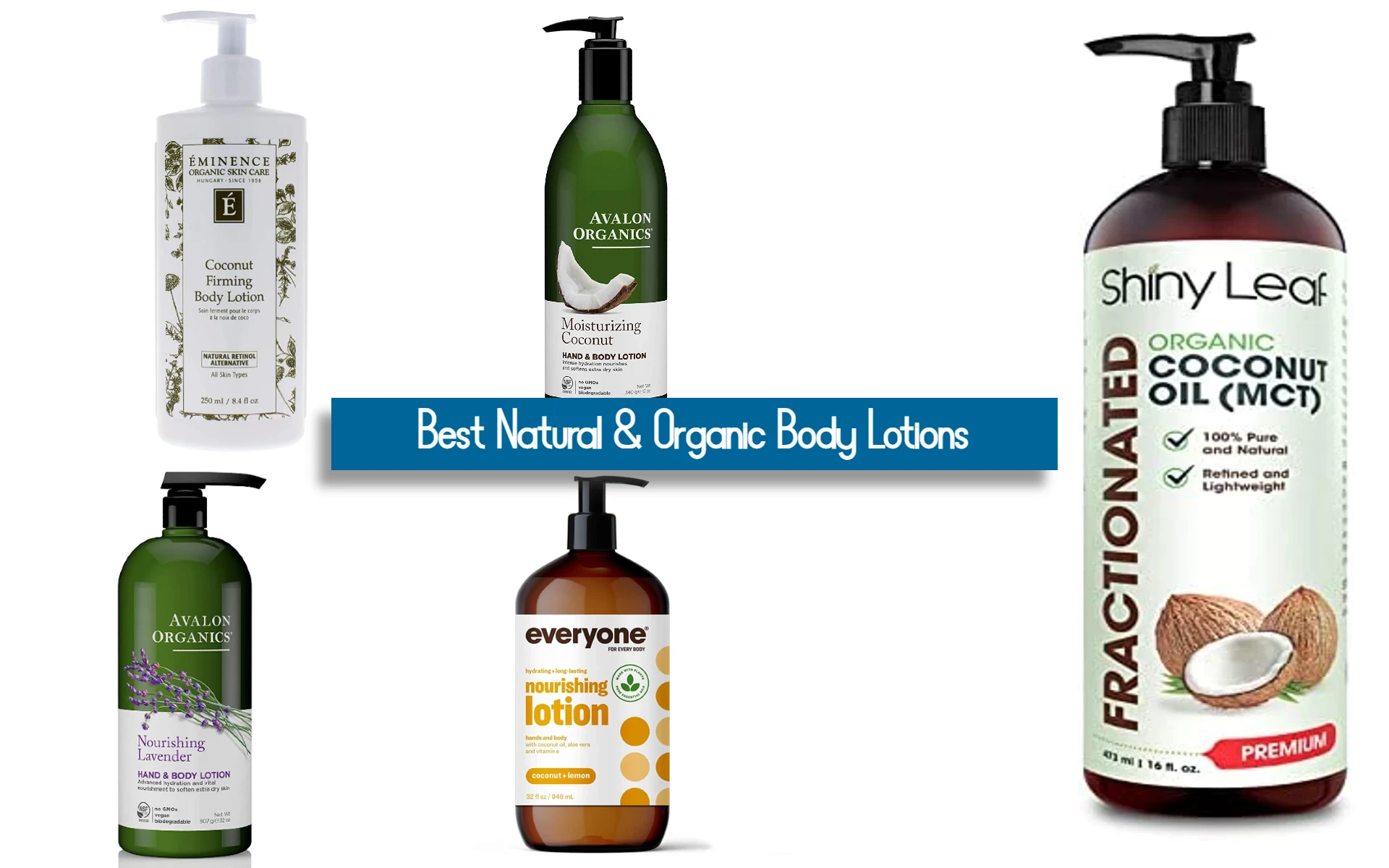DIY Organic Facial Cleansers for Glowing Skin
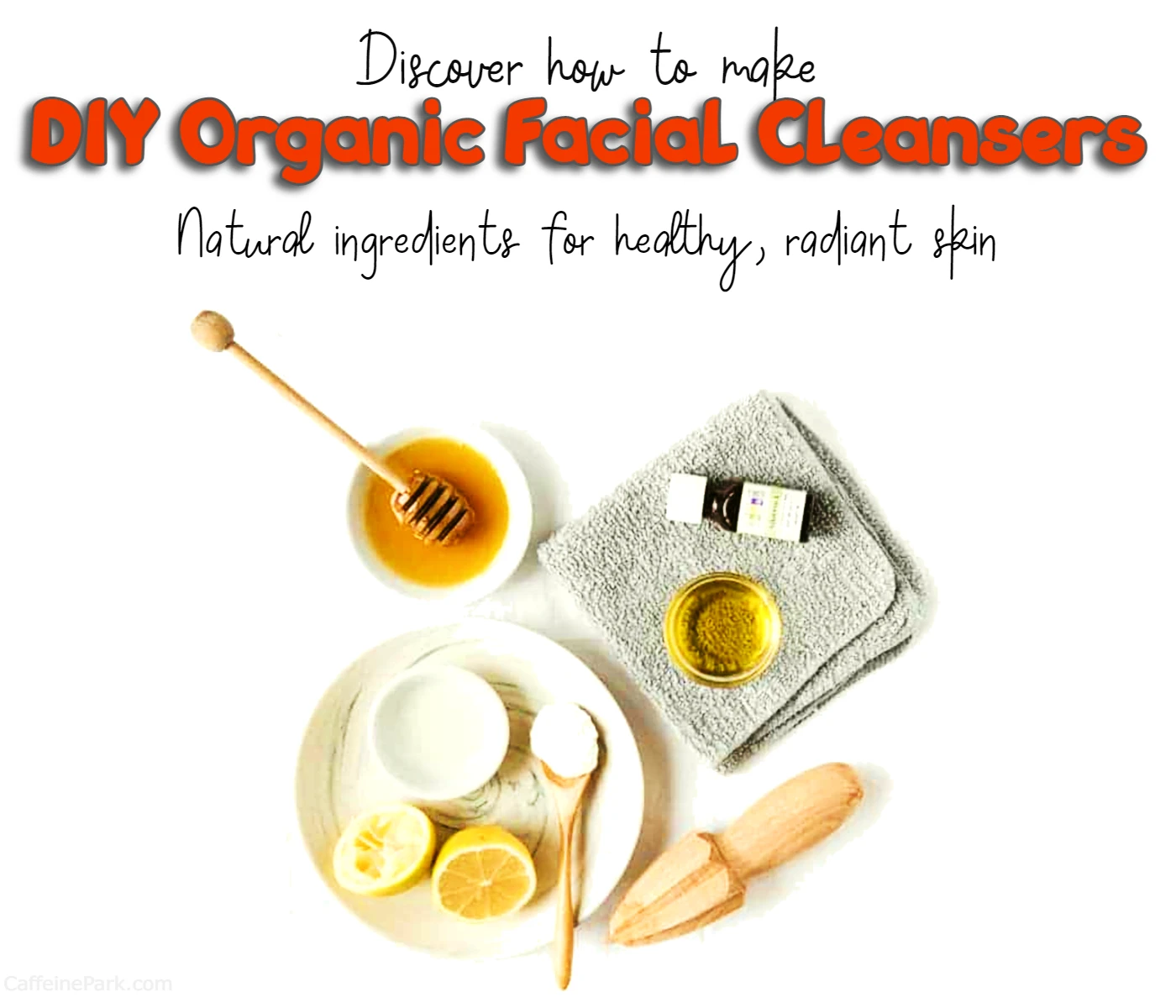
Are you tired of spending a fortune on expensive facial cleansers that are full of harsh chemicals and artificial ingredients? If so, you’re not alone! More and more people are turning to natural, organic skincare products that are better for their skin and the planet. And what better way to do that than by making your own organic facial cleansers at home?
In this blog post, we’ll show you how to make three simple and effective organic facial cleansers using natural ingredients that you can find at your local health food store or online. Not only are these cleansers better for your skin, but they’re also budget-friendly and eco-friendly. So, whether you have oily, dry, or sensitive skin, there’s a recipe here for you. Plus, we’ll share some tips for using organic facial cleansers to get the best results. So, read on to learn how to make your own organic facial cleansers and take your skincare routine to the next level!
Benefits of using organic facial cleansers
Before we jump into the recipes, let’s talk about why you should consider using organic facial cleansers. First and foremost, they’re made with natural ingredients that are free of harsh chemicals and toxins. This means they’re gentler on your skin and won’t cause irritation or dryness.
Organic facial cleansers also have a number of benefits for your skin. They can help to:
- Cleanse your skin without stripping it of its natural oils
- Unclog pores and remove dirt and impurities
- Exfoliate dead skin cells for a brighter complexion
- Hydrate and nourish your skin with vitamins and antioxidants
- Reduce inflammation and soothe irritated skin
Overall, using organic facial cleansers is a great way to take care of your skin while also being mindful of the environment.
Basic ingredients for organic facial cleansers
Now, let’s talk about some of the basic ingredients you’ll need to make your own organic facial cleansers. These are all-natural ingredients that are easy to find at your local health food store or online:
- Carrier oils: These are oils that are used to dilute essential oils and provide moisture to your skin. Some popular carrier oils include jojoba oil, almond oil, and coconut oil.
- Essential oils: These are highly concentrated plant extracts that are used for their therapeutic properties. Some essential oils that are good for the skin include lavender oil, tea tree oil, and peppermint oil.
- Liquid castile soap: This is a gentle, plant-based soap that can be used as a base for your facial cleansers.
- Honey: This natural sweetener is also great for your skin. It has antibacterial properties that can help to fight acne and prevent breakouts.
- Clay: There are many different types of clay that can be used in facial cleansers, including bentonite clay, kaolin clay, and French green clay. These clays are great for absorbing excess oil and removing impurities from the skin.
- Aloe vera: This plant has natural healing properties and can help to soothe and moisturize your skin.
With these basic ingredients, you can create a variety of different facial cleansers that are tailored to your specific skin type and needs.
Recipes for organic facial cleansers
Here are a few simple recipes for making your own organic facial cleansers:
Honey and coconut oil cleanser
This cleanser is great for dry or sensitive skin, as it’s very moisturizing and gentle.
Ingredients:
- 1 tablespoon of raw honey
- 1 tablespoon of coconut oil
- 1/4 cup of liquid castile soap
- 10 drops of lavender essential oil
Instructions:
- Mix the honey and coconut oil together in a small bowl.
- Add the liquid castile soap and lavender essential oil and stir until well combined.
- Transfer the mixture to a clean, airtight container.
- To use, wet your face with warm water and massage a small amount of the cleanser onto your skin. Rinse off with warm water and pat dry.
liquid castile soap Cleanser
This cleanser is great for oily or acne-prone skin, as tea tree oil has antibacterial properties that can help to fight acne.
Ingredients:
- 1/4 cup of liquid castile soap
- 2 tablespoons
- of aloe vera gel
- 1 tablespoon of jojoba oil
- 10 drops of tea tree essential oil
Instructions:
- Combine the liquid castile soap, aloe vera gel, and jojoba oil in a small bowl.
- Add the tea tree essential oil and stir until well combined.
- Transfer the mixture to a clean, airtight container.
- To use, wet your face with warm water and massage a small amount of the cleanser onto your skin. Rinse off with warm water and pat dry.
- Bentonite clay and apple cider vinegar cleanser
Bentonite clay Cleanser
This cleanser is great for oily or acne-prone skin, as bentonite clay can help to absorb excess oil and impurities from the skin.
Ingredients:
- 2 tablespoons of bentonite clay
- 1 tablespoon of apple cider vinegar
- 1 tablespoon of liquid castile soap
- 5 drops of lavender essential oil
Instructions:
- Mix the bentonite clay and apple cider vinegar together in a small bowl.
- Add the liquid castile soap and lavender essential oil and stir until well combined.
- Transfer the mixture to a clean, airtight container.
- To use, wet your face with warm water and massage a small amount of the cleanser onto your skin. Rinse off with warm water and pat dry.
Tips for using organic facial cleansers
Here are a few tips for using organic facial cleansers to get the best results:
- Patch test first: Before using a new facial cleanser, it’s a good idea to patch test it on a small area of your skin to make sure you don’t have an allergic reaction.
- Use warm water: When rinsing off your facial cleanser, use warm water instead of hot or cold water. Hot water can strip your skin of its natural oils, while cold water can close your pores and prevent your cleanser from working effectively.
- Don’t overdo it: It’s important not to over-cleanse your skin, as this can strip your skin of its natural oils and cause dryness and irritation. Stick to cleansing your skin once or twice a day, depending on your skin type and needs.
- Follow up with a moisturizer: After cleansing your skin, it’s important to follow up with a moisturizer to hydrate and nourish your skin. Look for a moisturizer that’s made with natural, organic ingredients for the best results.
Conclusion
In conclusion, making your own organic facial cleansers is a great way to take care of your skin while also being mindful of the environment. With these simple recipes and tips, you can create a customized skincare routine that’s tailored to your specific skin type and needs. So, why not give it a try and see how your skin responds? Your skin (and the planet) will thank you!.
Top 10 Best Organic Facial Cleanser Brands
If you’re looking for a natural way to cleanse your skin and remove makeup, an organic facial cleanser is the way to go. Organic facial cleansers are made with natural ingredients that are gentle on your skin and the environment. Plus, they’re free from harsh chemicals and synthetic fragrances that can irritate your skin. But with so many organic facial cleanser brands on the market, how do you choose the best one for you? In this blog post, we’ll introduce you to the top 10 best organic facial cleanser brands that you should try.
- Dr. Hauschka: Dr. Hauschka’s organic facial cleansers are made with natural ingredients like witch hazel and jojoba oil. Their products are gentle on the skin, effective at removing makeup and dirt, and leave your skin feeling refreshed and rejuvenated.
- Juice Beauty: Juice Beauty’s organic facial cleansers are made with organic fruit extracts and natural botanicals that gently cleanse your skin while providing antioxidant protection. They have a range of cleansers for all skin types, from oily to dry.
- Tata Harper: Tata Harper’s organic facial cleansers are made with natural ingredients like chamomile and arnica that soothe and calm the skin. They’re also effective at removing dirt and makeup, leaving your skin feeling clean and fresh.
- Herbivore Botanicals: Herbivore Botanicals’ organic facial cleansers are made with natural ingredients like blue tansy and coconut oil that gently cleanse and hydrate the skin. They have a range of cleansers for all skin types, from oily to dry.
- Acure: Acure’s organic facial cleansers are made with natural ingredients like argan oil and chlorella that gently cleanse and nourish the skin. They’re also affordable and widely available, making them a great option for those on a budget.
- Andalou Naturals: Andalou Naturals’ organic facial cleansers are made with natural ingredients like aloe vera and rosewater that hydrate and soothe the skin. They have a range of cleansers for all skin types, including sensitive skin.
- Eminence Organic Skin Care: Eminence Organic Skin Care’s organic facial cleansers are made with natural ingredients like stone crop and chamomile that gently cleanse and brighten the skin. They’re also eco-friendly and cruelty-free.
- OSEA: OSEA’s organic facial cleansers are made with natural ingredients like seaweed and coconut oil that cleanse and hydrate the skin. They have a range of cleansers for all skin types, from oily to dry.
- Biossance: Biossance’s organic facial cleansers are made with natural ingredients like squalane and tea tree oil that gently cleanse and balance the skin. They’re also vegan and cruelty-free.
- Indie Lee: Indie Lee’s organic facial cleansers are made with natural ingredients like chamomile and cucumber that gently cleanse and soothe the skin. They’re also free from harsh chemicals and synthetic fragrances.
FAQs
Making your own organic facial cleansers allows you to control the ingredients that go into your skincare products. Commercial facial cleansers often contain harsh chemicals and synthetic ingredients that can be harmful to your skin and the environment. By making your own organic facial cleansers, you can use natural ingredients that are gentle on your skin and the planet.
You can use a variety of natural ingredients to make organic facial cleansers, including honey, oatmeal, aloe vera, tea tree oil, coconut oil, and more. The ingredients you choose will depend on your skin type and the specific needs of your skin.
There are many different recipes for organic facial cleansers, but most involve mixing natural ingredients together to create a gentle, effective cleanser. You can find recipes online or in natural beauty books.
Yes, organic facial cleansers can be used on all skin types, including oily, dry, and sensitive skin. However, it’s important to choose ingredients that are appropriate for your skin type and to test the cleanser on a small area of your skin before using it all over your face.
Organic facial cleansers can be more expensive than commercial cleansers, depending on the ingredients you use. However, many natural ingredients are affordable and can be found at your local health food store or online. Making your own organic facial cleansers can also save you money in the long run, as you can make a large batch and use it over time.
Read More:
